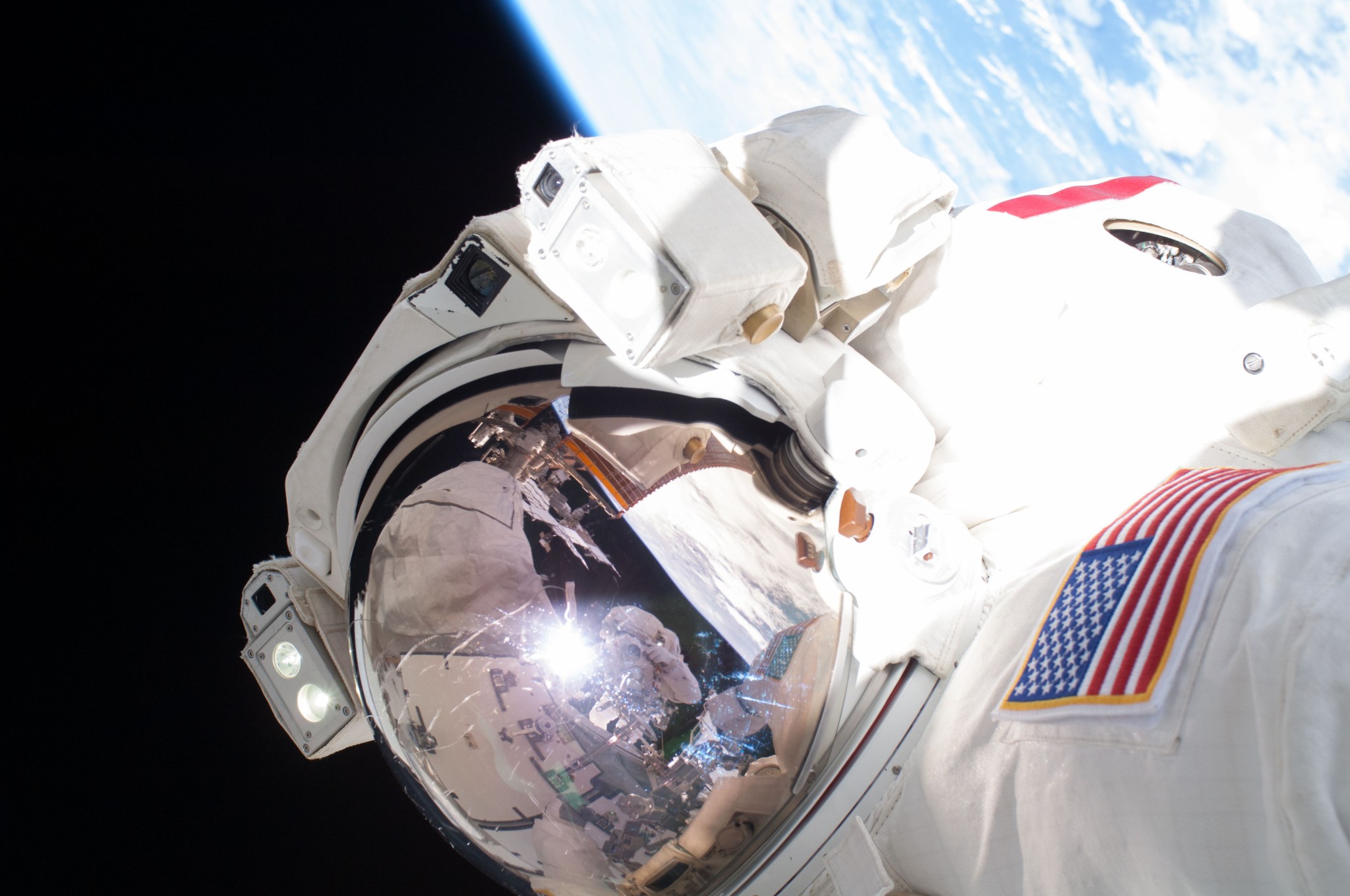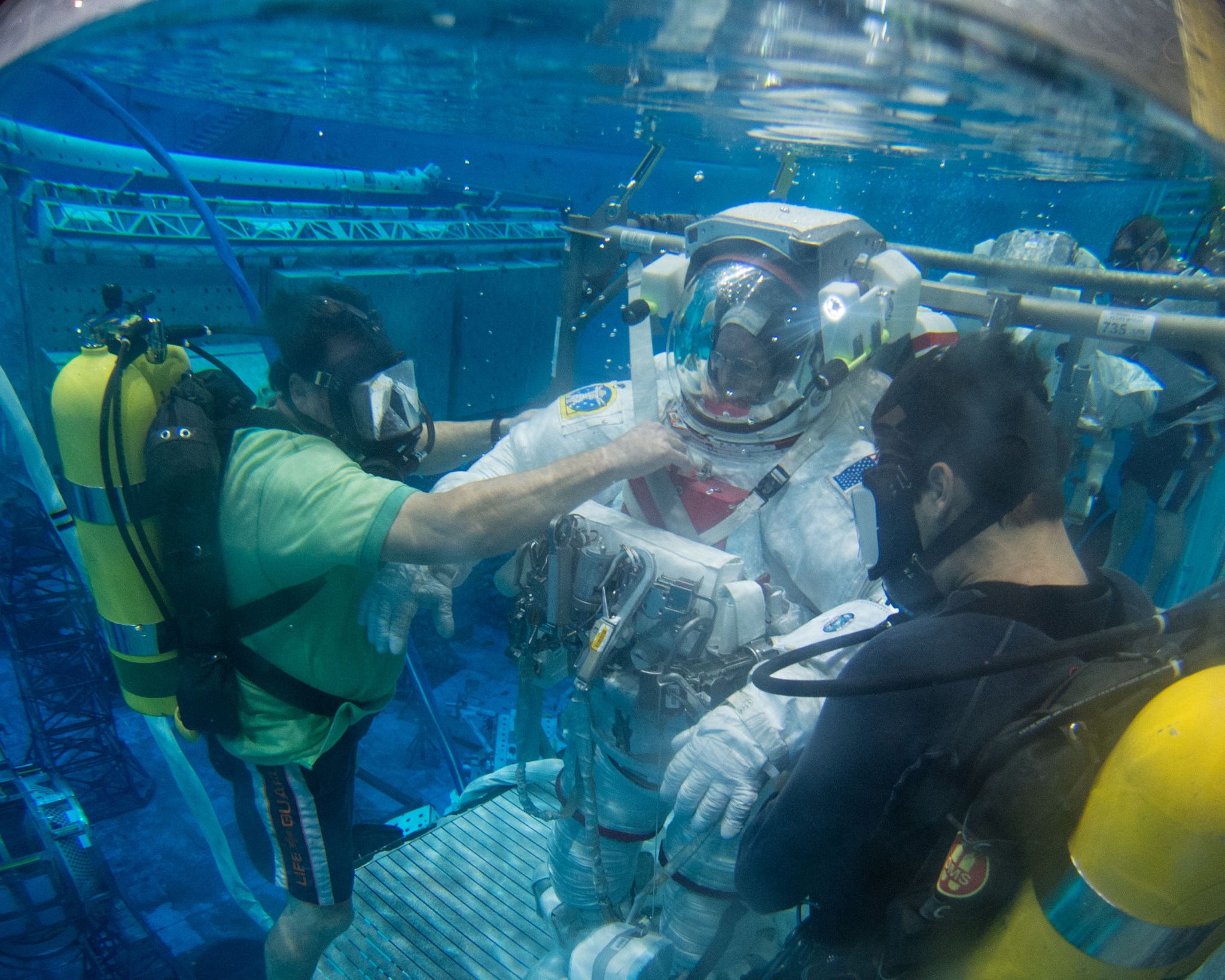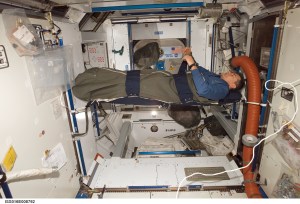Spacewalks, also known as extravehicular activities (EVAs), are an important aspect of space exploration. These activities serve many purposes including the maintenance of existing vehicles like the ISS, deployment of scientific payloads, and the collection of geological samples.
Ensuring Successful Spacewalks
Spacewalks, also known as extravehicular activities (EVAs), are an important aspect of space exploration. These activities serve many purposes including the maintenance of existing vehicles like the ISS, deployment of scientific payloads, and the collection of geological samples. The extravehicular mobility unit (EMU) that crewmembers wear provides life support, atmospheric containment, thermal insulation, cooling, solar radiation protection, and micrometeoroid/orbital debris (MMOD) protection during an EVA and has served NASA well since 1980. The next generation spacesuit, the exploration spacesuit (xEMU), is currently being developed. It will replace the EMU on the ISS and provide EVA capability for both the lunar surface and other outposts such as the Gateway habitat. The Space Suit and Exploration Operations (SSEO) team provides environmental physiology and human performance support for the development of the xEMU hardware and the exploration EVA concepts of operations. The team also supports the development of fitness for duty standards for EVA and collaborates with the Applied Injury Biomechanics (AIB) technical area towards the tracking and mitigation of EVA-related injury.
Some of the critical operational functions addressed by the SSEO team are the mitigation of decompression sickness (DCS) and the strategy for DCS treatment. DCS is a medical condition that can occur during an EVA as a result of inadequate denitrogenation before an EVA. The EMU is maintained at a significantly lower pressure than the ambient pressure of the ISS, which is kept to sea level atmosphere to facilitate scientific research comparisons without having to address variable environmental conditions. To prevent DCS, astronauts prebreathe 100% oxygen to displace nitrogen in their tissues. The SSEO team provides operations support for EVAs conducted by astronauts aboard the ISS by providing individualized exercise prescriptions for the in-suit light exercise (ISLE) prebreathe protocol. This prebreathe protocol prevents the formation of nitrogen gas bubbles, which can cause localized joint pain or, in the worst cases, severe cardiopulmonary and neurologic symptoms. For exploration missions, the SSEO team participates in all stages of prebreathe protocol development from initial trade studies and analysis, subsequent environmental requirements, and final protocol verification and implementation.
Preparing Astronauts for Spacewalks
Suited metabolic rate characterizations are completed during EVA training in the Neutral Buoyancy Laboratory (NBL). The SSEO supports the development of lunar and Mars planetary EVA simulations on the Active Response Gravity Offload System for exploration EVAs. The team also is building a hybrid reality environment where subjects and eventually astronauts can be immersed in a realistic EVA scenario with both the physical and cognitive workload represented accurately but without spacesuits.
Points of Contact
Karina Marshall-Goebel, Ph.D.
Patrick Estep
Brittany Hotaling

































